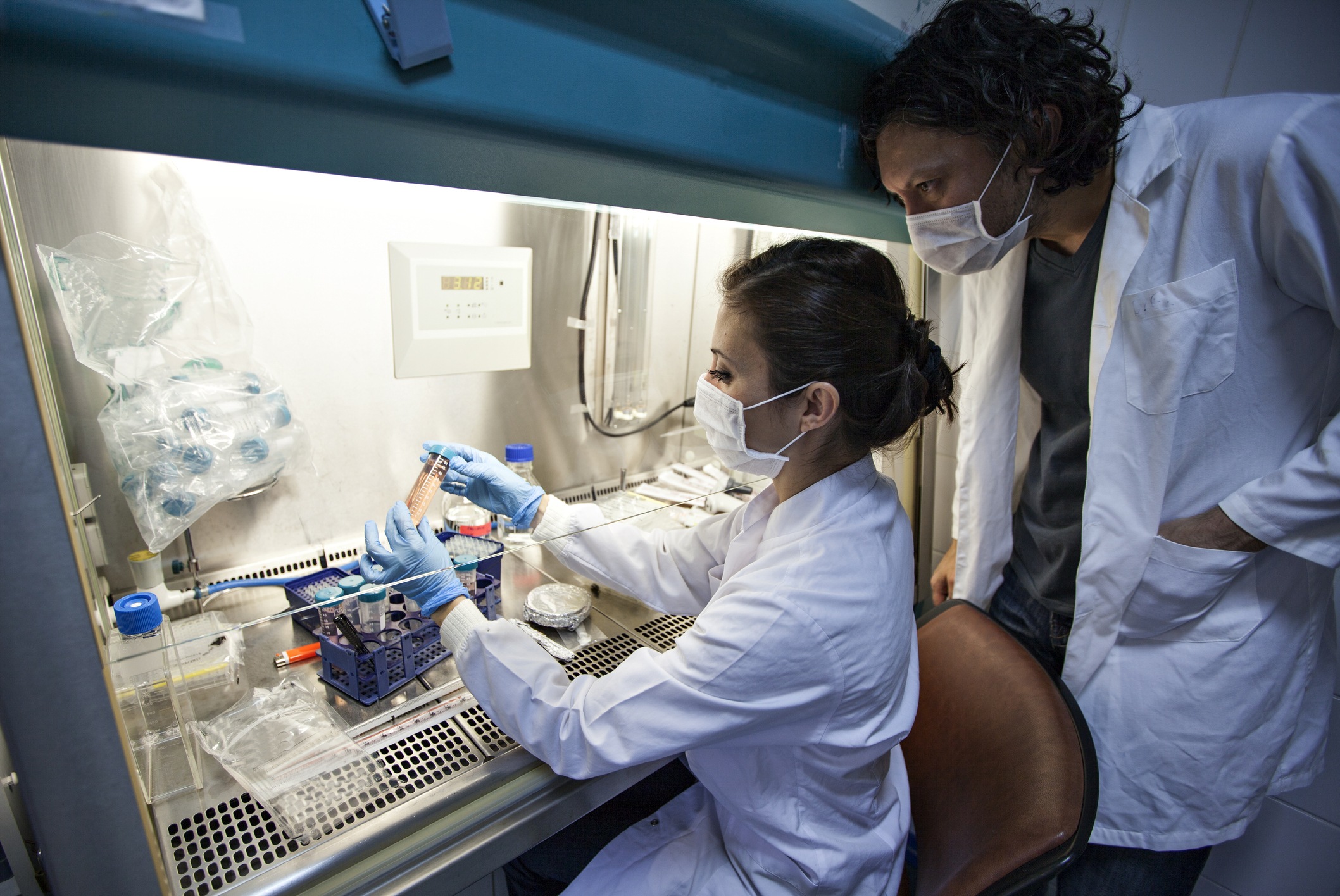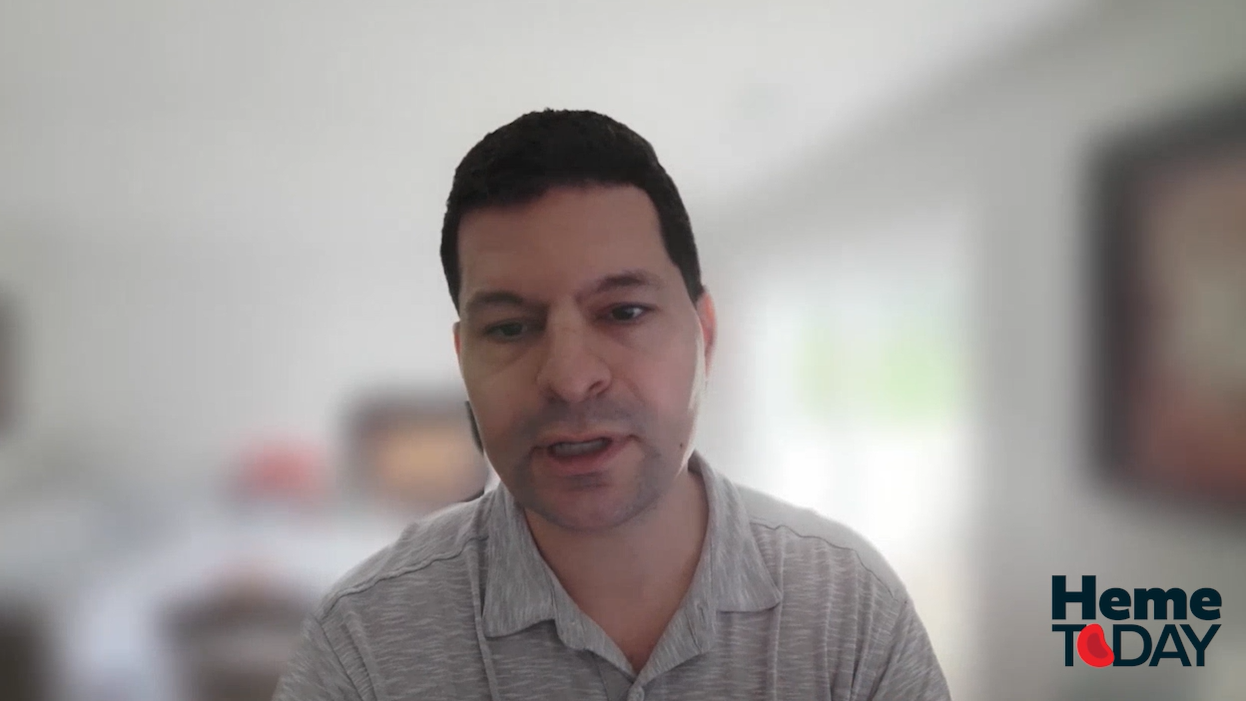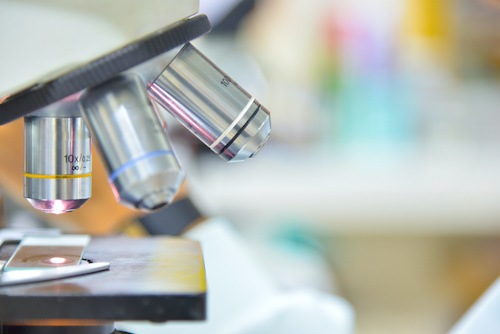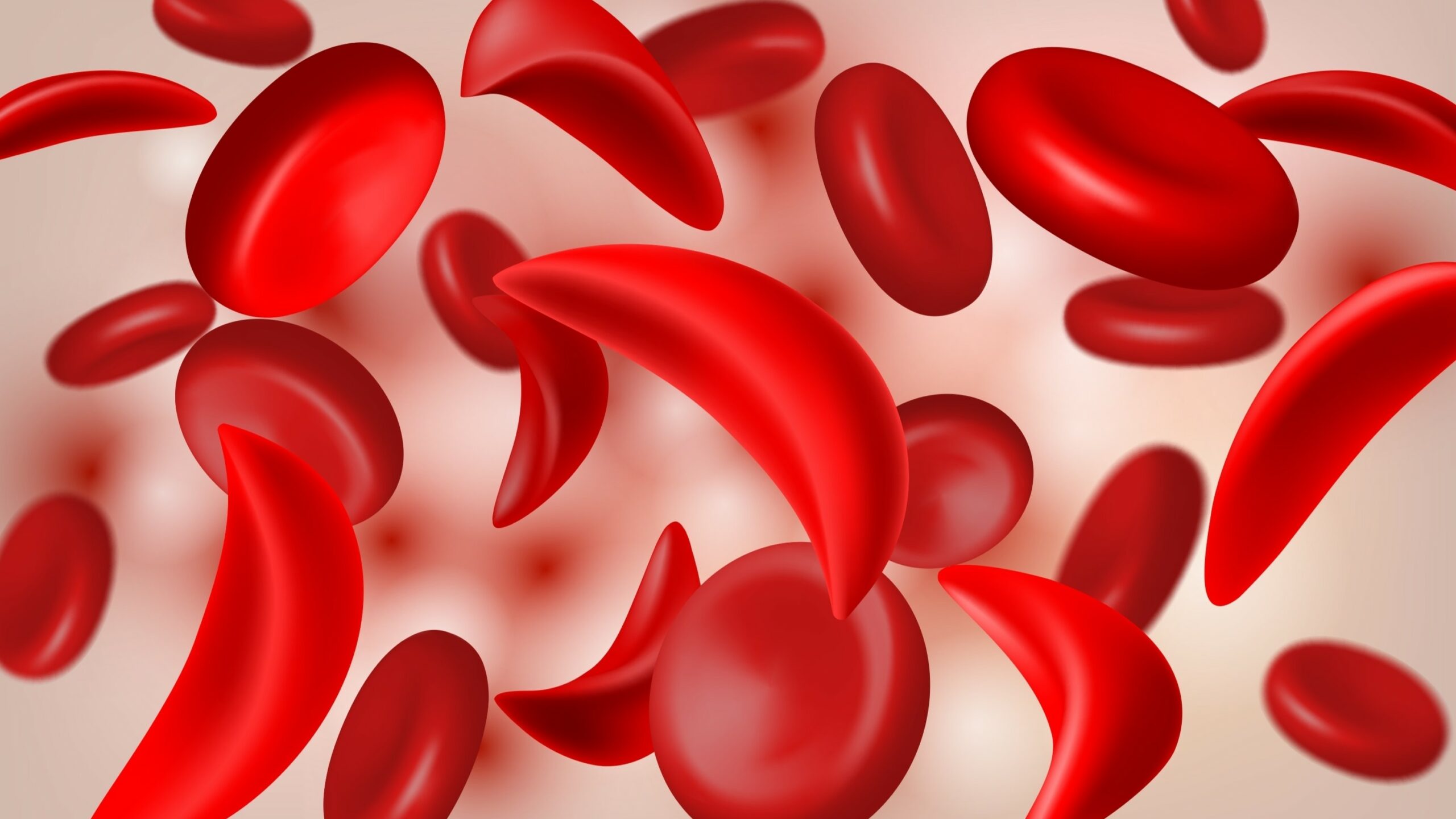
Last week, a patient received CRISPR gene therapy to treat a genetic disease for the first time in the U.S. The 41-year-old Victoria Gray received the powerful gene-editing treatment to remedy sickle cell, a debilitating condition stemming from misshapen red blood cells. This disfiguration is due to a genetic mutation, which CRISPR aims to alter to form a normal, healthy gene. The only treatment option currently available to patients is a bone marrow transplant, which works in only 10% of patients. Exploring gene therapy as a solution, a group of doctors is hopeful that using CRISPR to edit cells from Gray’s bone marrow could result in normal red blood cell production in her body.
Those with sickle cell disease are incapable of producing beta-hemoglobin, a protein that is essential to the structure and function of the red blood cell. The hemoglobin protein’s that these patients do produce form the sickle-shaped blood cells that inefficiently carry oxygen and become lodged in small blood vessels. These cells also degrade faster than their healthy counterparts, resulting in oxygen-deprived tissues, fatigue, and pain.
How CRISPR Was Used
The specific gene that was targeted with this therapy was BCL11A in the red blood cells. This gene plays a variety of roles in the human body, such as repressing the fetal hemoglobin protein. Disabling the BCL11A gene in sickle cell patients allows them to produce fetal hemoglobin, resulting in red blood cells with a normal shape.
In this groundbreaking procedure, researchers first extracted stem cells from Gray’s bone marrow. They then used the CRISPR-Cas9 complex to cut and disable the BCL11A gene, stopping production of the fetal hemoglobin repressor. These genetically modified cells are then injected into the patient’s bone marrow, where they will theoretically begin to produce fetal hemoglobin and functioning red blood cells.
Fetal hemoglobin is produced by all humans during infancy, but its production is replaced by that of beta-hemoglobin in healthy individuals. In sickle cell patients, abnormal cell shape is due to the production of the hemoglobin S protein instead of beta-hemoglobin.
“In 1941 a pediatrician named Jane Watson noticed that babies with sickle cell didn’t have symptoms until 6 months to 1 year of age,” said Vivien Sheehan, a hematologist at Baylor University. Watson’s work also identified that infants with sickle cell disease created fetal hemoglobin until roughly two years of age, longer than the typical baby.
Researchers have built upon Watson’s findings, with several works suggesting that increased fetal hemoglobin levels may help combat sickle cell. The fetal hemoglobin has this effect because it prevents the hemoglobin S protein from altering the shape of the red blood cell.
This treatment does come with certain risks, being that the patient must undergo radiation and chemotherapy before the genetically edited stem cells are reinjected into the patient’s bone marrow. This is done to allow these edited stem cells to produce healthy red blood cells faster than the patient’s existing stem cells create sickle-shaped cells. Once the cells have been reimplanted into the patient’s bone marrow, the researchers wait for fetal hemoglobin levels to increase and for defective cell counts to drop.
The Power of CRISPR Technology
Gray is the first patient to be treated in the U.S. with CRISPR and the second globally. The first was treated in Germany this past February for a similar genetic blood disorder known as beta thalassemia. This patient’s symptoms are improving and they have not needed blood transfusions for over four months, as per a CRISPR Therapeutics press release.
Alongside Vertex Pharmaceuticals, CRISPR Therapeutics plans to enroll roughly 45 people between the ages of 18 and 35 in a joint study. This trial will evaluate how effective genetically editing blood cells with CRISPR is in treating patients with sickle cell disease.
Gray is optimistic about the treatment, describing life without sickle cell to NPR as follows:
“Being able to wake up and not be in pain. And to just be tired because I’ve done something — and not just tired for no reason. And just to be outside, and jump on the trampoline with my kids. And go to graduations and weddings. And see them grow up. That means the world to me.”
US sickle cell patient first to receive experimental CRISPR treatment for a genetic disorder https://t.co/UFTLDa0Voi
— Jon Entine (@JonEntine) August 5, 2019






 © 2025 Mashup Media, LLC, a Formedics Property. All Rights Reserved.
© 2025 Mashup Media, LLC, a Formedics Property. All Rights Reserved.